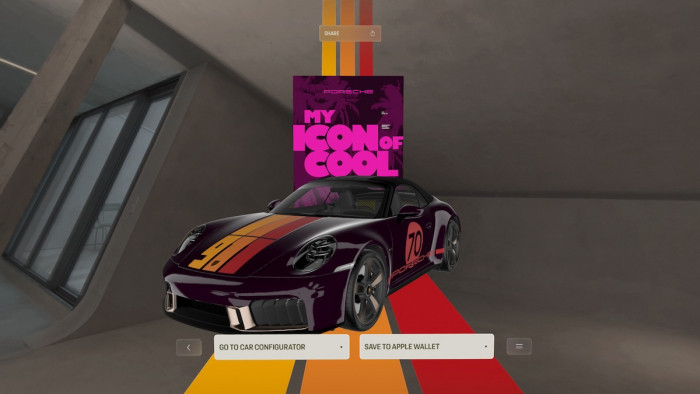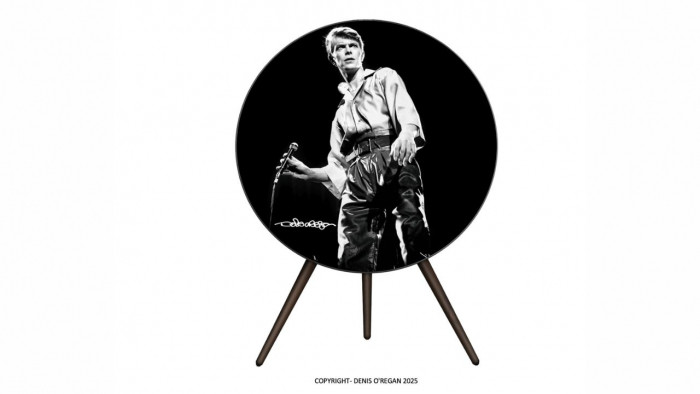How to get the best view of this week's meteor shower
The night sky is about to get really, really busy


The night's sky is about to get really, really busy.
From now until around 19 August, the Earth will crash through a dense debris field - a dirty 'tail' of dust and particles left by the comet Swift-Tuttle - in an event known as the Perseids meteor shower.
An annual event, the Perseids is an ideal opportunity to catch a glimpse of fireballs and shooting stars. The night of 12 August however, is predicted to be an extra special one, as NASA meteor expert Bill Cooke told Space.com: "Forecasters are predicting a Perseid outburst this year with double normal rates."
An 'outburst' is just what it sounds like - a whole heap of extra shooting start activity caused by passing through a particularly dense group of space junk. "Under perfect conditions, rates could soar to 200 meteors per hour," said Cooke.
Here's how to catch the best view of the stellar show.

Look northeast
Living in the northern hemisphere? You're going to want to look northeast for your best view of the action, on the night of either the 11 August or 12 August.
Try downloading a compass app (many have them pre-installed, or you can find one on Google Maps) to work out which way you need to look.

Look in the direction of Perseus
The Perseid meteor shower is named after the constellation Perseus, which the meteors appear from.
For an idea of how to spot Perseus, try downloading the Sky Map app (iOS, Android), or similar.

You'll get your best view after 1:00am on Friday morning
Perseus should enter the horizon of the northeast after 10pm, but the pesky Moon will be pretty bright until after 1:00am on Friday 12 August.
Can't stay up on a school night? Fear not, you might still be able to see some great shooting stars on 13 August as well.

You won't need any specialist equipment to view the stars
Trying to keep track of the meteor shower with a telescope would actually be pretty hard work, given how quickly the shooting stars will fly across the sky.
For the best view, head somewhere without any urban light pollution, follow our previous steps about facing northeast, and hang tight.
You'll struggle to capture the event on a smartphone camera, but a proper digital camera with a fast, wide angle lens will do the trick.








